The assassination of JFK
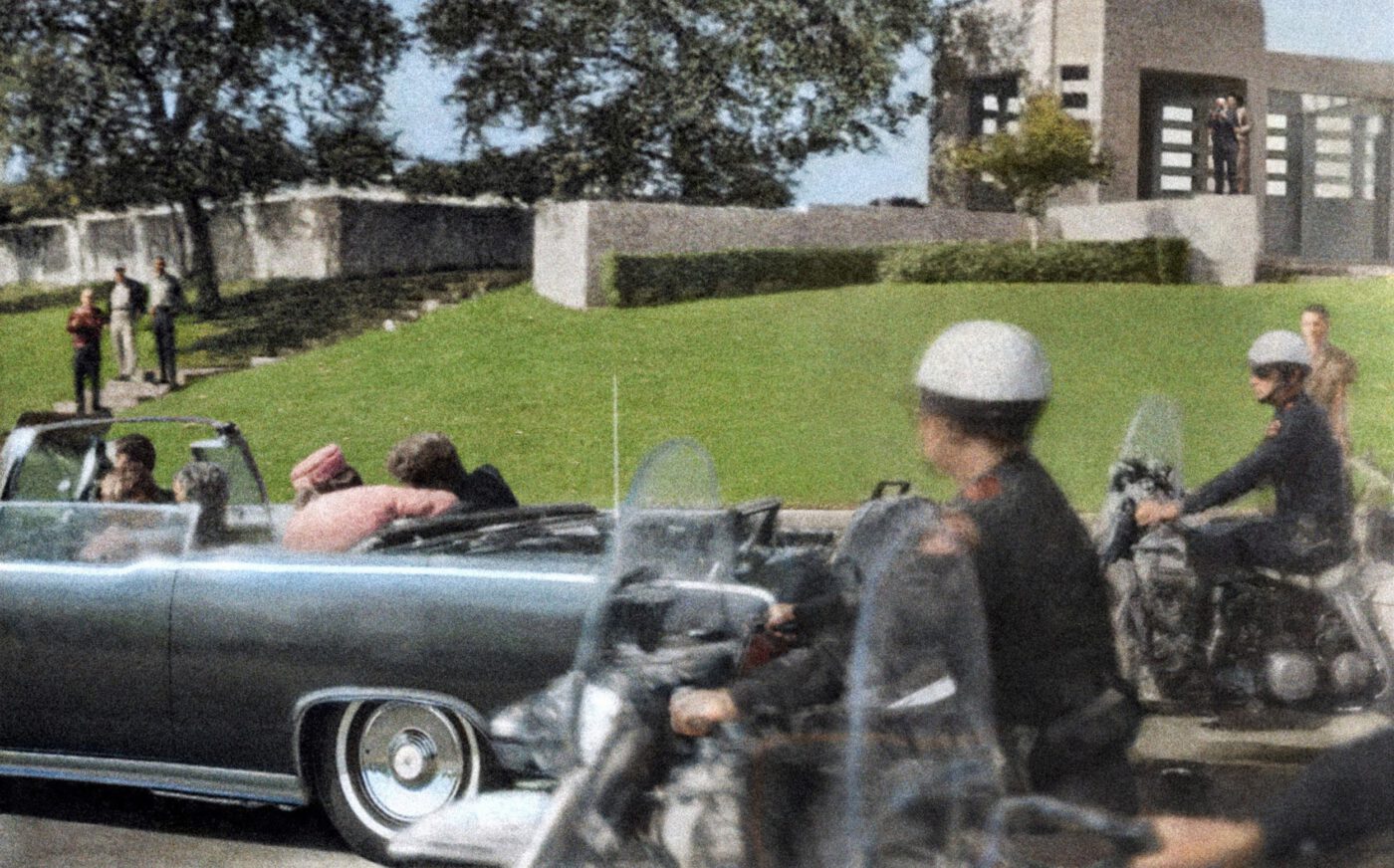
I wrote about the assassination of JFK twice, both books are only published in Dutch. Out of my second book, here is an excerpt about the morning of November 22, 1963. More parts of my books will follow, for the first time made available in English. The photo on this page is made by bystander Mary Moorman.
“We’re going into the land of the crazies today.” Those were Kennedy’s words upon arrival in Dallas on the morning of November 22, 1963. The state of Texas posed a significant challenge for him on his way to the 1964 presidential elections. Despite choosing Texan Lyndon B. Johnson as his vice president, Kennedy had only narrowly won in this state in 1960. In the 1962 midterm elections, the Senate seat left vacant by Johnson was taken by a Republican for the first time since the Civil War. To win hearts and minds, Kennedy decided to campaign in this state. The visit had been on the agenda since June. For the first time in a while, Jackie was persuaded to accompany him. Her presence was expected to be well-received by the critical audience, according to the campaign team. Since the death of their son Patrick, who died two days after his birth in August 1963, the couple had grown closer. The atmosphere was good. The day before, successful visits had been made to Houston, San Antonio, and Fort Worth, and now it was Dallas’ turn.
The land of the crazies. A month earlier, on October 24, Adlai Stevenson, the U.S. Ambassador to the United Nations, had been spat upon and hit with a sign during a visit to the same city. Dallas was then the stronghold of the far-right John Birch Society. Kennedy was far from popular with the extremely conservative base in the third-largest city in Texas. That morning, there was a full-page, black-bordered advertisement in the Dallas Morning News, with commentary on Kennedy’s soft approach to communism. ‘Welcome Mr. Kennedy,’ cynically stated above twelve critical questions. The majority in this region considered the president a traitor.
Three hours before those fatal shots in Dallas, John F. Kennedy had breakfast with his wife at the Texas Hotel in Fort Worth, about fifty kilometers from Dallas. Many dignitaries of the city witnessed the president’s last official speech, a speech at a breakfast sponsored by the local Chamber of Commerce. After a joke about the massive attention given to Mrs. Kennedy, Kennedy focused on the security of the American people. Outside the hotel, a large crowd stood in the drizzle waiting for a glimpse of the president. Before breakfast, the president had briefly addressed them. No one had expected such a warm reception.
At 10:40, Kennedy left the hotel to drive with his entourage to the airport for the flight to Dallas. An hour later, Air Force One landed at Love Field, the airport eight kilometers from the city center. Again, to everyone’s surprise, an incredibly enthusiastic crowd awaited him. Kennedy was impressed and made it clear to the people waiting for him at the airplane stairs. Among them was Police Commissioner Jesse Curry, filled with pride. He had the honor of sitting in the first car during the tour of his city. He was determined to give the president the day of his life.
Kennedy and his wife shook many hands, and at five minutes to twelve, the procession of cars left the airport. The caravan had a length of about 800 meters. After two cars and a few motorcycles, the presidential limousine, a 1961 Lincoln Continental, followed. There had been some debate at the airport about whether to drive with the convertible top up or down. In Dallas, the sun was shining, and JFK wanted the exuberant crowd to see his beautiful wife clearly. She looked stunning in her pink Chanel suit with a matching hat. Although others strongly advised him for safety reasons to keep the top of the limousine in place, Kennedy had the final say. In the front were two Secret Service agents, behind them sat John Connally, the governor of Texas, with his wife Nellie. Behind them were the president and his wife. Behind the limousine was a car with agents, including Clint Hill, the man who later became known as the agent who climbed onto the president’s car immediately after the murder. In the car behind them was Vice President Lyndon B. Johnson with his wife Lady Bird and Texas Democratic Senator Ralph Yarborough. In the following cars were, among others, staff, agents, the press, and Mayor Earle Cabell.
From Harwood Street, the caravan reached Main Street and about nine blocks later, Dealey Plaza. An important traffic square on the edge of downtown, where the three major roads Main Street, Commerce Street, and Elm Street converge, to become a network of highways on the other side of the railroad viaduct. First, there was a ninety-degree turn to get onto Houston Street and shortly afterward, the much sharper left turn to reach Elm Street. Just before that turn, they passed the county jail, and right after the turn, on the right, was the Texas School Book Depository. ‘You can’t say the people in Dallas haven’t given you a warm welcome,’ Nellie Connally said to the president. ‘You’re right about that,’ Kennedy replied. Those were his last words. The clock struck half-past noon. The crowd was startled by the sound that initially seemed like fireworks or a car backfiring.
By choosing to witness the presidential motorcade from Dealey Plaza, countless witnesses that day became unwittingly famous. For example, clothing manufacturer Abraham Zapruder, who filmed the murder from a white concrete structure. The film became the most famous amateur film of all time. No film has been scrutinized so meticulously, frame by frame. To prevent himself from falling, Zapruder was firmly held by his employee Marilyn Sitzman. Various other witnesses were clearly visible in Zapruder’s film. Across Elm Street were Jean Hill and her friend Mary Moorman. Hill is the woman in the distinctive red coat; Moorman stood next to her and took a famous photograph with her Polaroid camera. On May 24, 2011, she was interviewed about her memories of that day at a fair in Denver. Thousands of people from around the world watched online to absorb the answers to questions like ‘What time did you arrive in Dallas?’ and ‘How many photos did you take before you spotted Kennedy?’ Every trivial new detail of this historic day is eagerly absorbed, even fifty years later.
In the immediate vicinity were Charles Brehm and his son, and a woman with an old-fashioned headscarf, dubbed the Babushka Lady. Just before Zapruder, and not visible in his film, were Bill and Gayle Newman with their two sons, perhaps the closest to the limousine at the fateful moment, but unfortunately, Newman had forgotten his camera. In many photos taken immediately after the murder, the shocked parents lay with their children in the grass. A few meters further, towards the schoolbook depository, during the motorcade, two remarkable figures stood on the side of the road. Right next to the traffic sign, clearly visible in Zapruder’s film, were a black and a white man. Although it was bone dry, the white man raised his black umbrella just as the presidential car passed by. And after the murder, when everyone was running around hysterically, the two sat calmly on the curb observing the situation. The two men have still not been officially identified, although in 1978, a man came forward claiming to be the Umbrella Man. Finally, witness Phillip Willis played a role, the photographer who took his famous photos opposite the schoolbook depository. In Zapruder’s film, his daughter Rosemary joyfully ran alongside Kennedy’s limousine, just after the sharp turn.
Immediately after the shots, Jackie climbed onto the back of the limousine. She found a piece of skull but was quickly pushed back by agent Clint Hill. Meanwhile, the limousine sped to Parkland Hospital. Kennedy was seriously injured in the head, and in front of him, Governor Connally was also hit. A spectator standing near the viaduct was lightly injured in the cheek by parts of a flying bullet.
At 1:38 pm, Walter Cronkite of CBS News announced that the president had died from his injuries in the hospital. ‘At 1.00 pm, Central Standard Time, two o’clock, Eastern Standard Time – some thirty-eight minutes ago.’ The images of the emotionally affected newsreader, who took off his glasses in 2009, went around the world. Exactly an hour later, Lyndon B. Johnson took the oath aboard Air Force One. He became the thirty-sixth president of the United States. Shocked, Jackie stood next to him in her bloodied clothes. Her husband’s body was in another room of Air Force One, although according to the law, it should have remained in Dallas until a forensic examination was conducted by a medical examiner. Also in the airspace were six members of the cabinet and several close aides of Kennedy, on a plane headed to a conference in Japan. The plane flew directly to Washington when the news broke. Everyone was affected by the news. But not only these high officials were dismayed: the news spread like wildfire around the world, and even fifty years later, everyone remembers exactly where they were when they were told the news.
By 1:50 pm, there was an arrest at the Texas Theater in the Oak Cliff district. Oswald was not officially arrested for the murder of the president: during his escape, he allegedly fired four fatal shots at Officer J.D. Tippit, at the corner of 10th Street and Patton Avenue, 900 meters from the theater. Lee Harvey Oswald vehemently denied having anything to do with the murders of Tippit and Kennedy. Unfortunately, he would not have the time to defend himself.

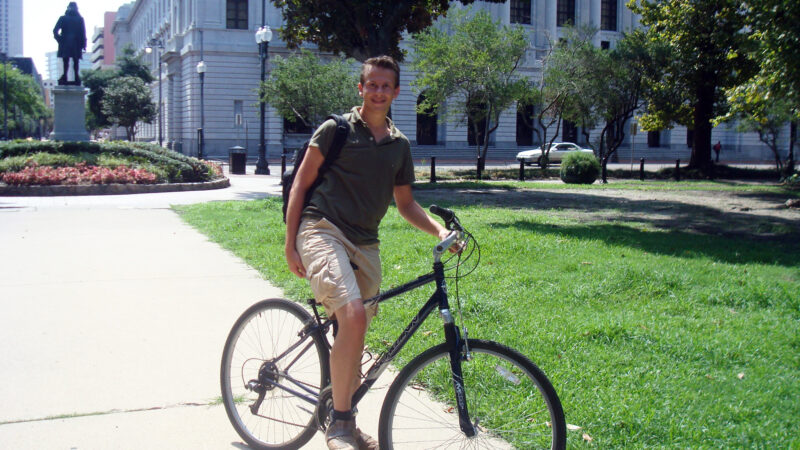
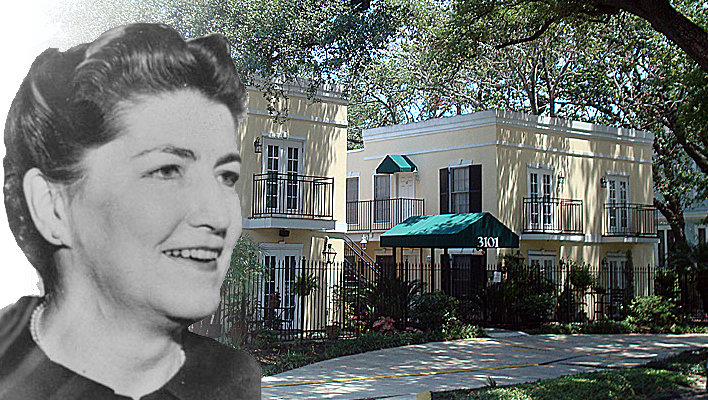
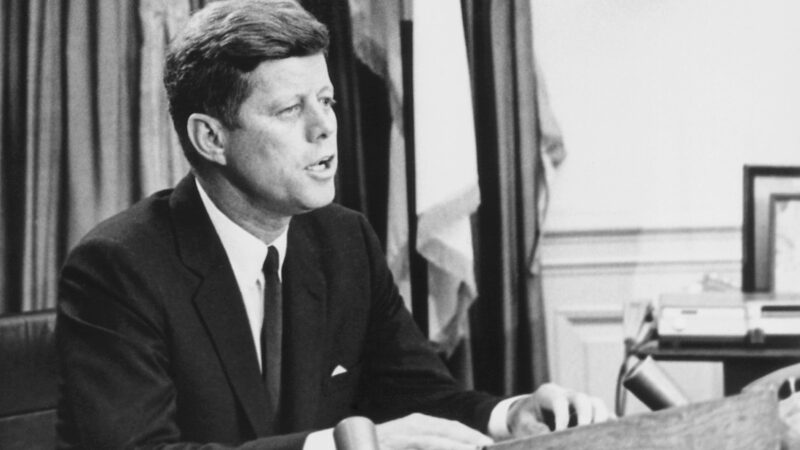
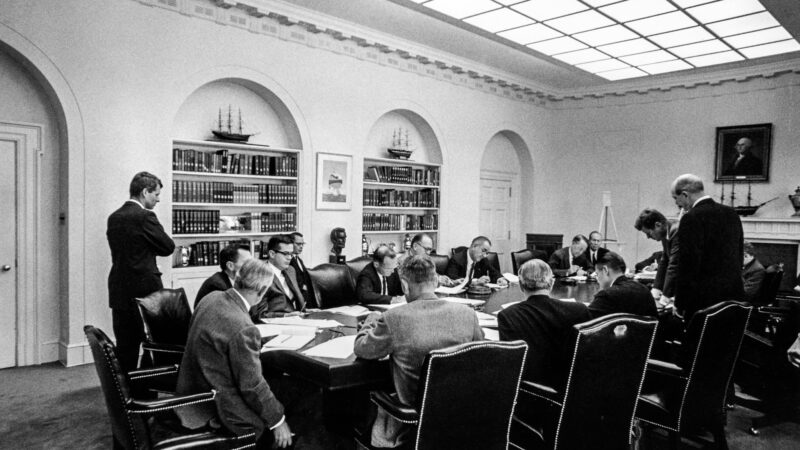
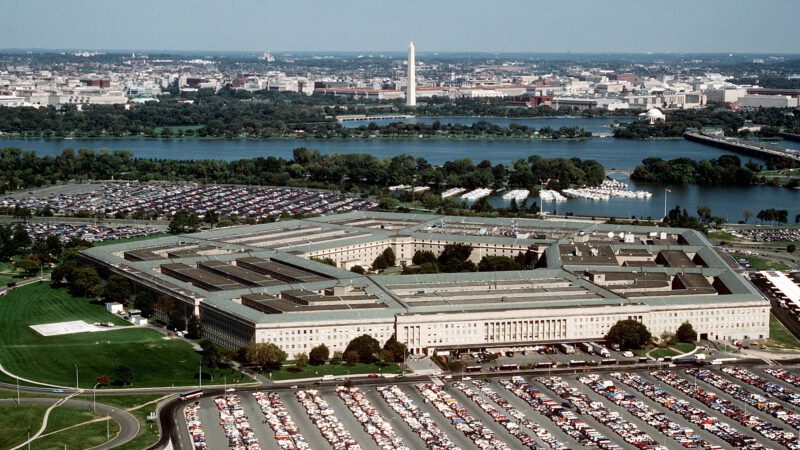
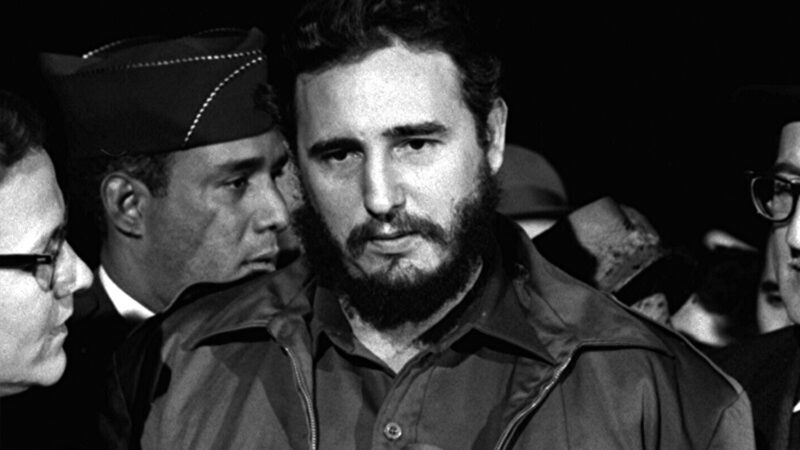
4 thoughts on “The assassination of JFK”